Rank Species | Phylum Chordata | |
 | ||
Similar Cephalopholis panamensis, Alphestes, Epinephelus spilotoceps, Epinephelus summana, Epinephelus undulosus | ||
Epinephelus labriformis, commonly called starry grouper or flag cabrilla among various other vernacular names, is a species of marine fish in the family Serranidae.
Contents
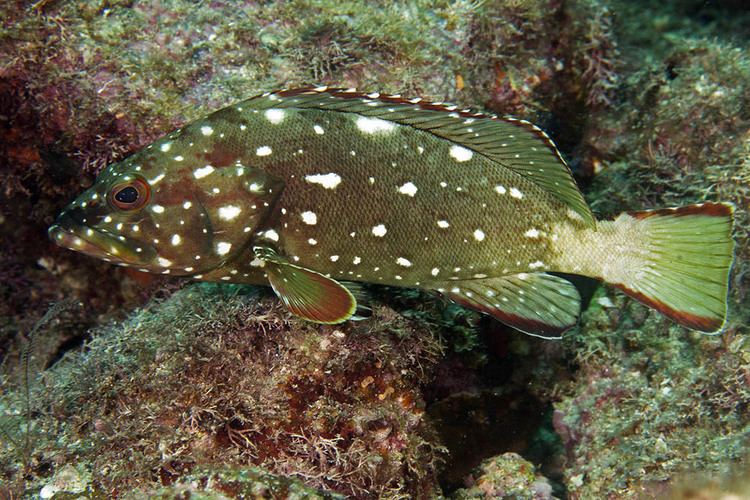
Description
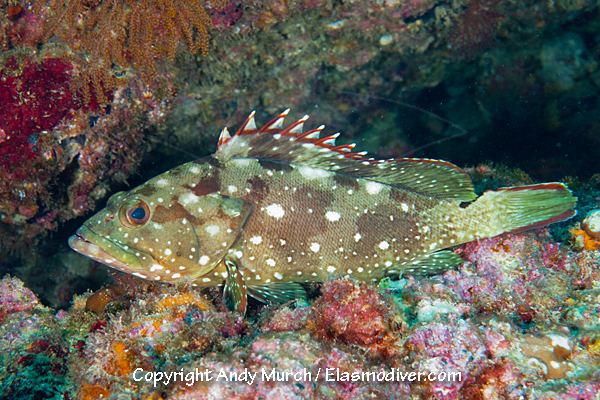
The starry grouper is medium-sized fish which grows up to 60 cm. From: "The body of the starry grouper is robust and compressed. The end of the top jaw is exposed. The operculum edge has 3 flat spines; the pre-operculum is without spines. The caudal fin is rounded. The lateral line is complete, it ends at the caudal fin base and is smoothly arched. The scales are rough and relatively small."
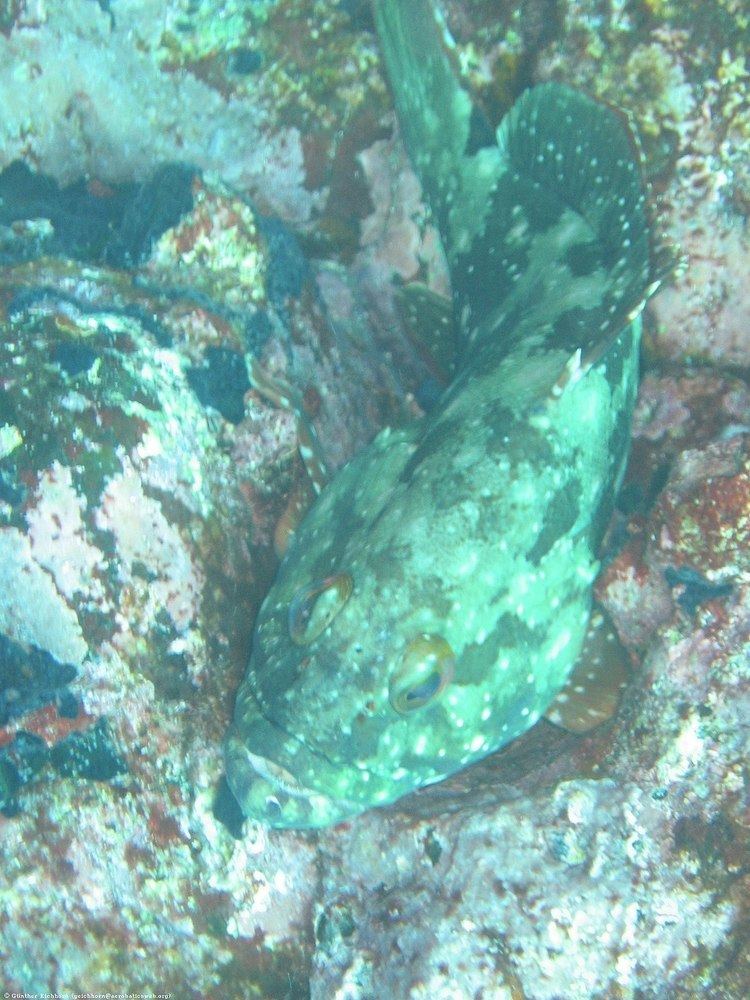
The starry grouper is generally olive-green to red-brown with scattered irregular white spots and blotches. Tips of each spine from the dorsal fin is bright white. The inside of the mouth is reddish.
Distribution and habitat
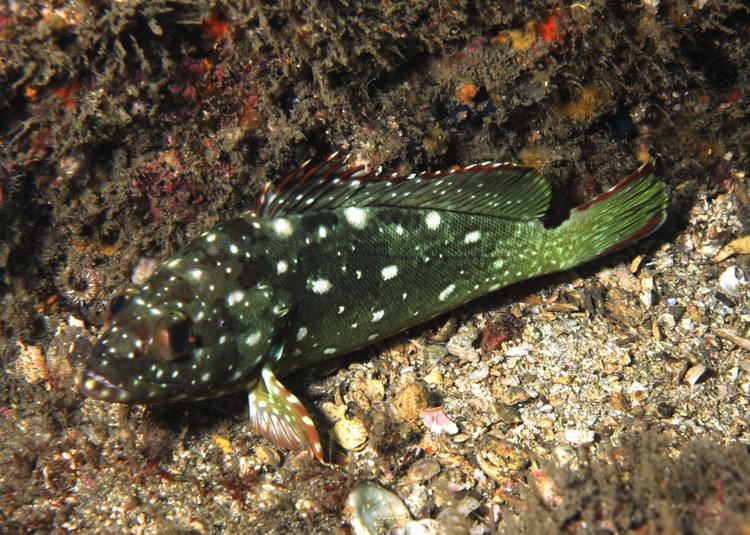
The starry grouper is widespread throughout the tropical waters of the eastern Pacific Ocean from Mexico to Peru including offshore islands Galápagos, Cocos Island, Malpelo and Revillagigedo.
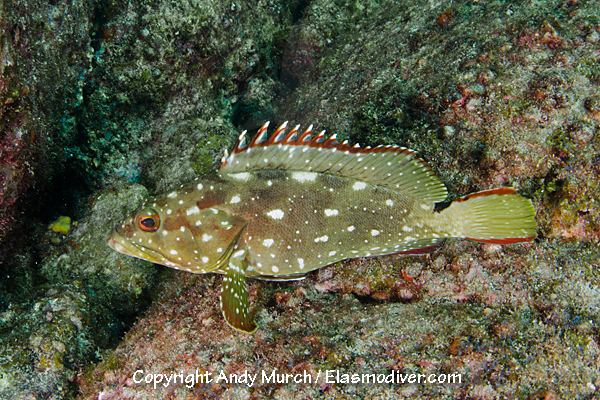
Adults are most abundant in shallow water but also occur to a depth of 30 m. They inhabit rocky and coral reefs of coastal waters within the continental shelf.
Biology

The starry grouper is a solitary predator that seems to feed on smaller fishes by day and crustaceans after dark. Spawning occurs in late summer.
